Leveraging on the latest techniques in data modelling, digitalisation and analytics, SP Group, NTU, A*STAR’s IHPC and TUMCREATE are collaborating to build a digital twin for Singapore’s power grid to enhance grid operations and resiliency, asset management and network planning. Tan Kheng Hiang reports
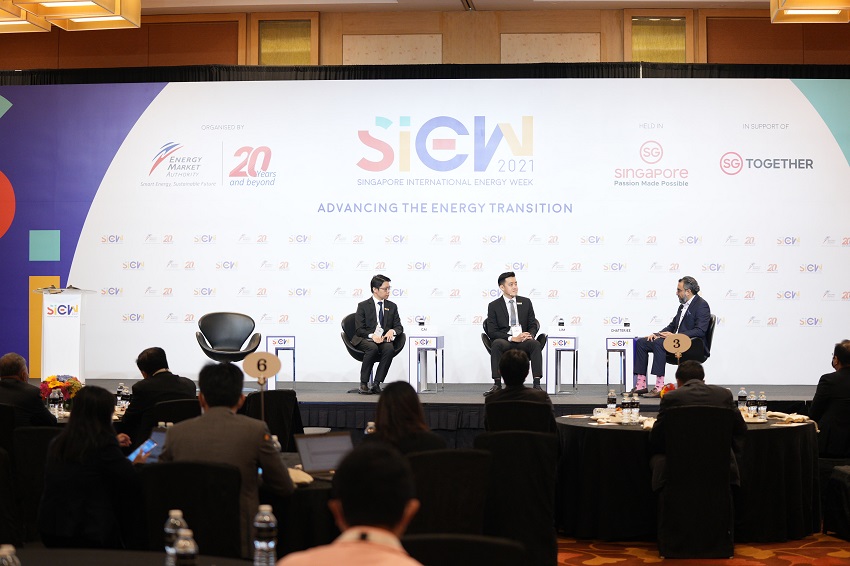
Alvin Lim, Deputy Director of Digital Grid, SP Group, said that in an increasingly complex electricity landscape, new and more dynamic energy innovations such as electric vehicles (EVs), energy storage systems and solar power generation are rapidly scaling up. The need for a high-fidelity digital twin of Singapore’s future electricity grid is of paramount importance.
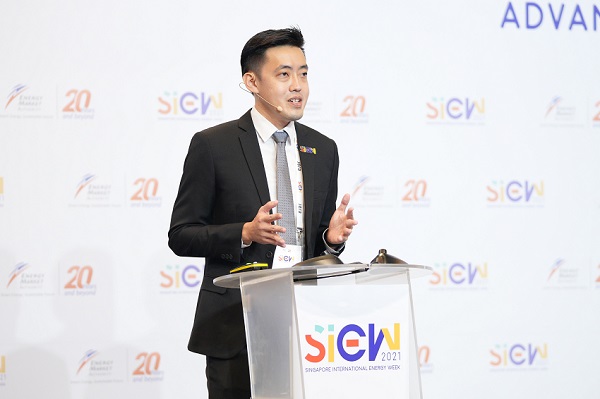
Currently, in a prototype stage, the Grid Digital Twin is a virtual representation of the physical power grid assets and network and operates using real-time and historical data. It comprises two key models:
- Asset Twin for the health management of grid assets (such as substations, transformers, and cables)
- Network Twin for the assessment of the impact on the grid when connecting new energy sources or consumers to the grid
When fully developed, the Grid Digital Twin will help SP Group better plan, operate and maintain the national power grid for the future—allowing work to be carried out more effectively and efficiently, while safeguarding the reliability of electricity supply.
To support its development, an SP Group-NTU joint laboratory was set up to develop a risk-based asset health index to optimise the planning of asset maintenance and renewal, study component degradation, develop a statistical model to predict failures and enhance online health monitoring system to extend the coverage of the network.
Dr Desmond Cai, Group Manager, Energy Systems Group, Institute of High Performance Computing at A*Star, shared that the Network Twin will be able to simulate future operating scenarios and anticipate future performance of the electricity network.
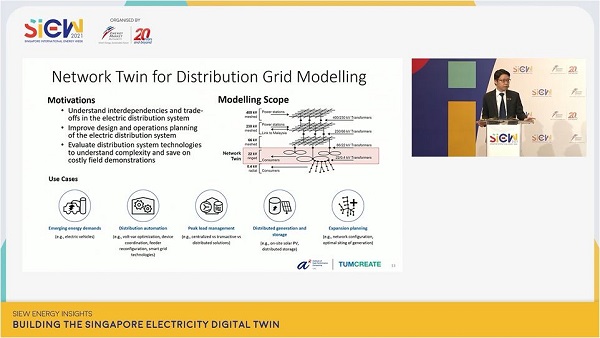
It is able to provide what-if analysis of the network interdependency arising from recent developments in the energy ecosystem—such as increasing capability in distribution automation (a result of better control), communication technologies, a proliferation of active distribution endpoints, growth of distributed energy resources (e.g. solar PV) and flexible load such as electric vehicle charging. A Network Twin will allow the grid operator to evaluate the impact of these externalities rapidly at a low cost and assess the trade-off at risk to the electricity network system.
One of the projects associated with the Grid Digital Twin is the Singapore Integrated Transport Energy Model (SITEM), which models the island-wide electrification of vehicles in Singapore. The project also studies its impact on the transportation and energy infrastructure systems based on various inputs such as multi-transportation nodes and consumer-charging behaviour.
Transforming grid management through digital twins
A Q&A session moderated by Anurag Chatterjee, Head of Sales for Renewables & Power Asia Pacific Energy Systems at DNV, featured a lively discussion on grid transformation enabled by digital technologies.
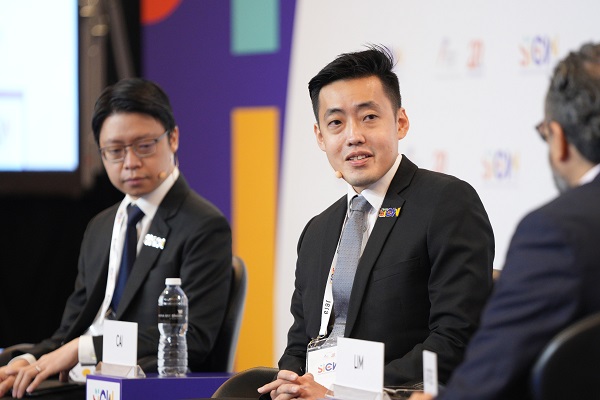
Mr Lim shared that the Grid Digital Twin is currently developed in-house from scratch to address any issues encountered at-site specific to local conditions, as well as to build up the expertise of local engineers and the research pool. He noted that the Grid Digital Twin is still in its early stages of development, and SP Group welcomes collaboration or partnership in areas such as hardware assets.
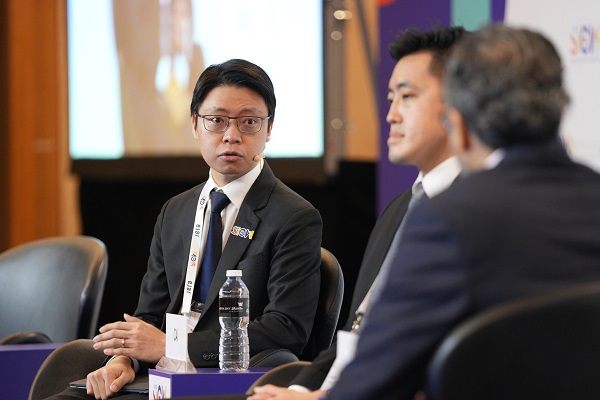
Dr Cai said that the work to develop the Network Twin has its share of technical challenges such as merging of data sources, validating the accuracy of the model, and ensuring the model and platform are constantly updated based on the latest developments in the energy ecosystem.
The Network Twin that is being developed will also have to take into consideration the rapidly evolving changes in the electricity system. Ultimately, the best modelling approach is one that will meet the needs of the industry and incorporates aspects of resiliency and uncertainty that the electricity ecosystem will face in the future.
Stay tuned on this Live Blog or follow us on Twitter (@SIEW_sg) for updates on the day’s discussion.